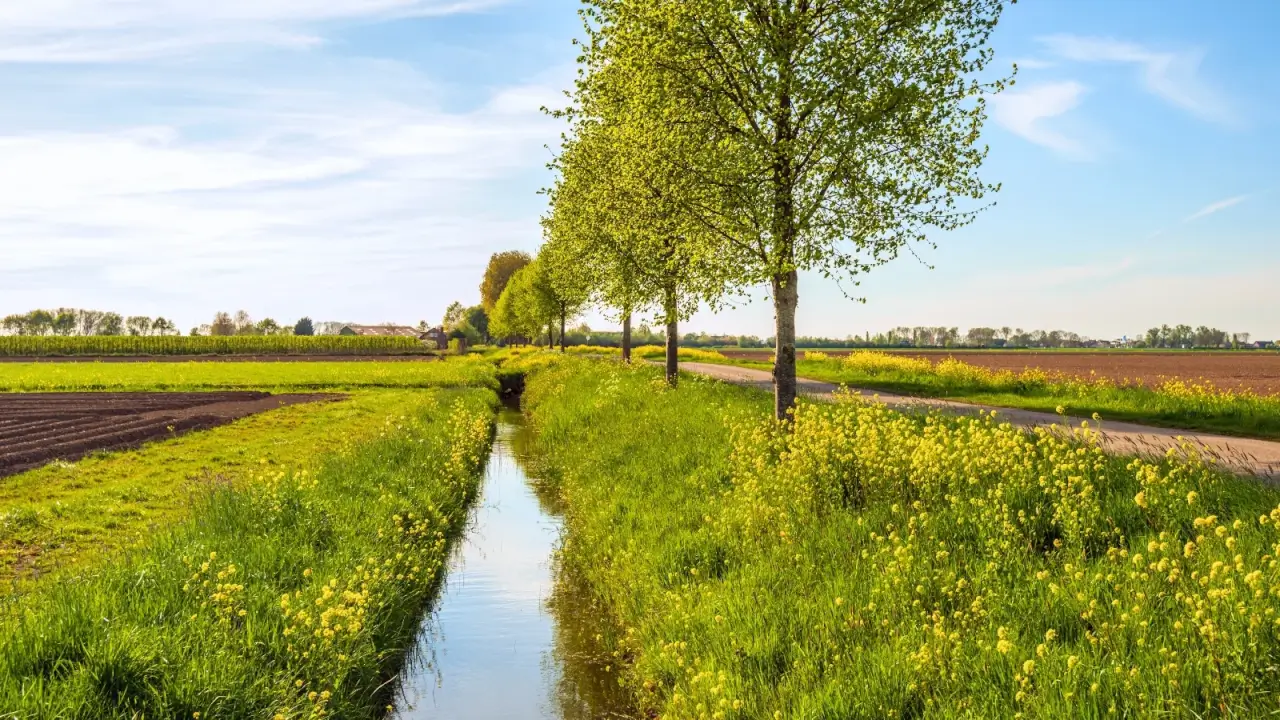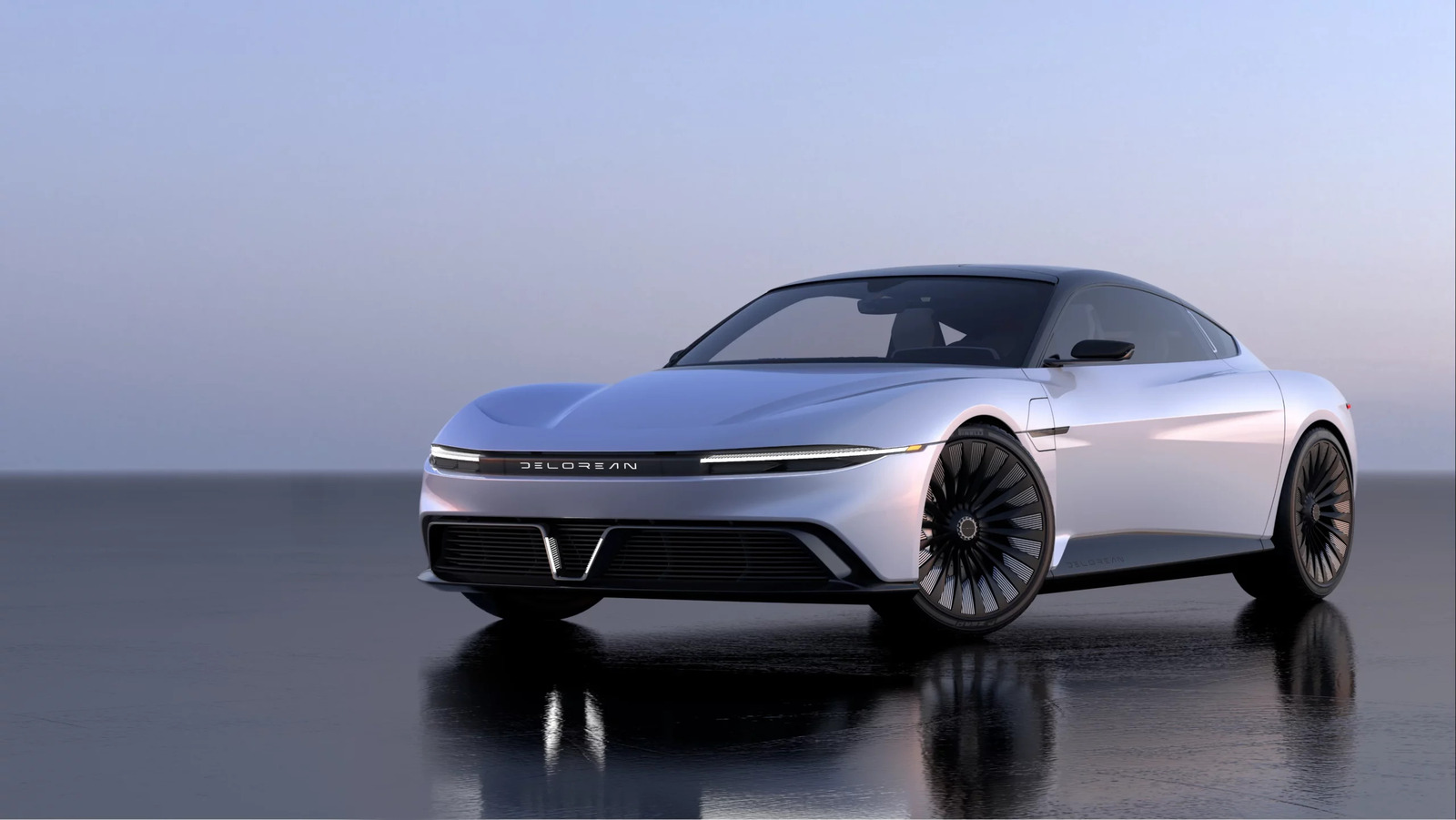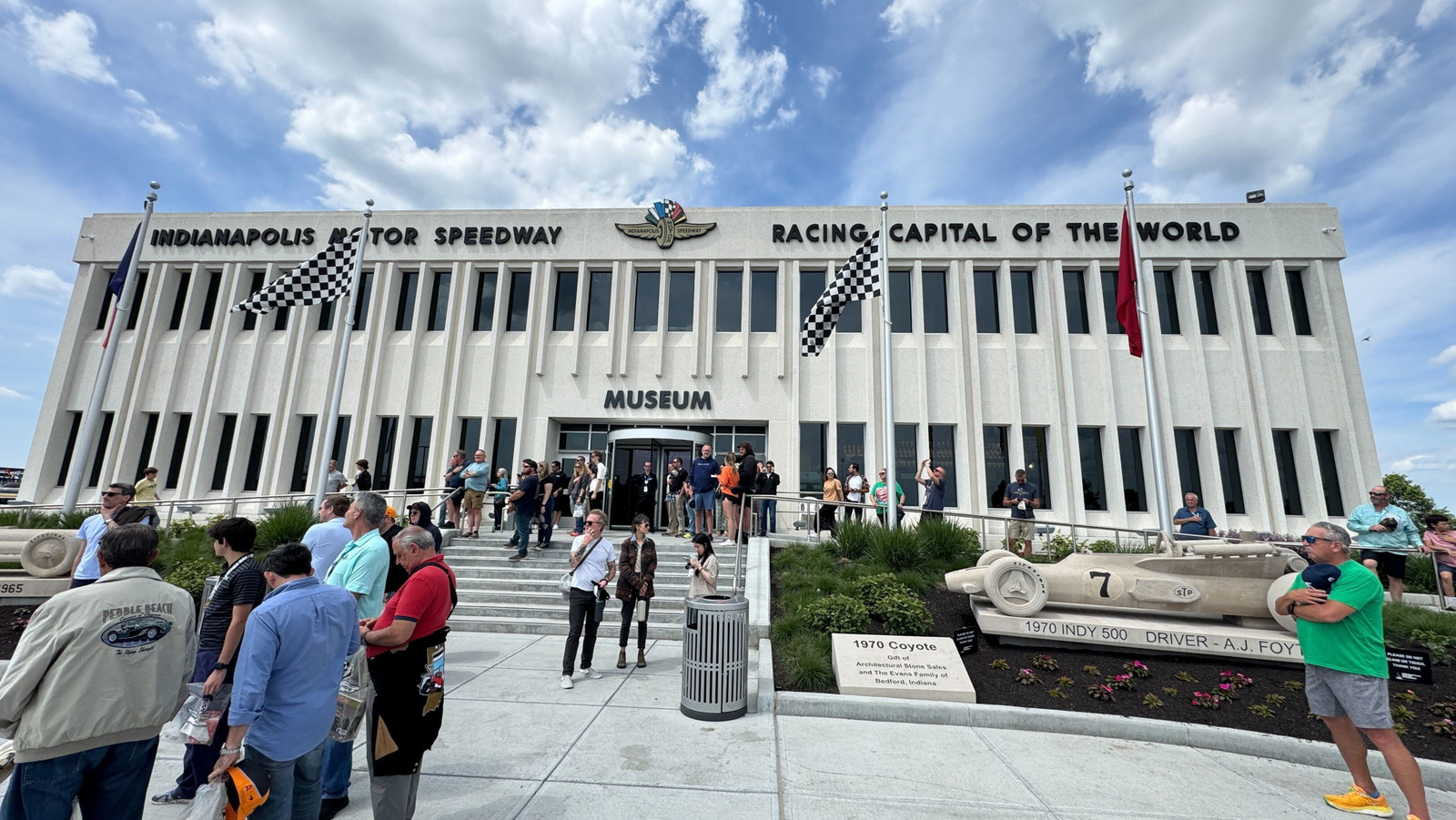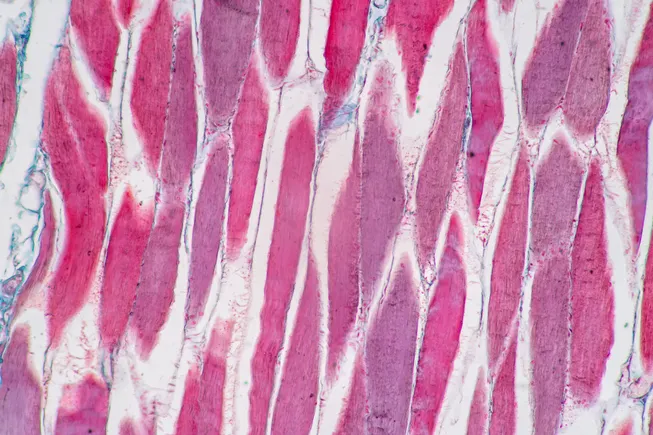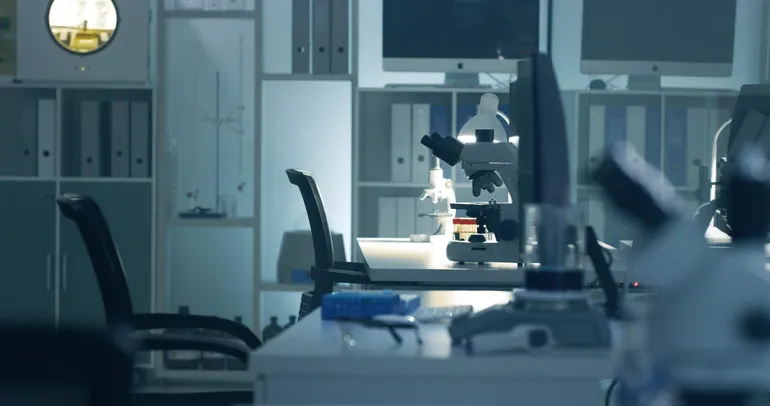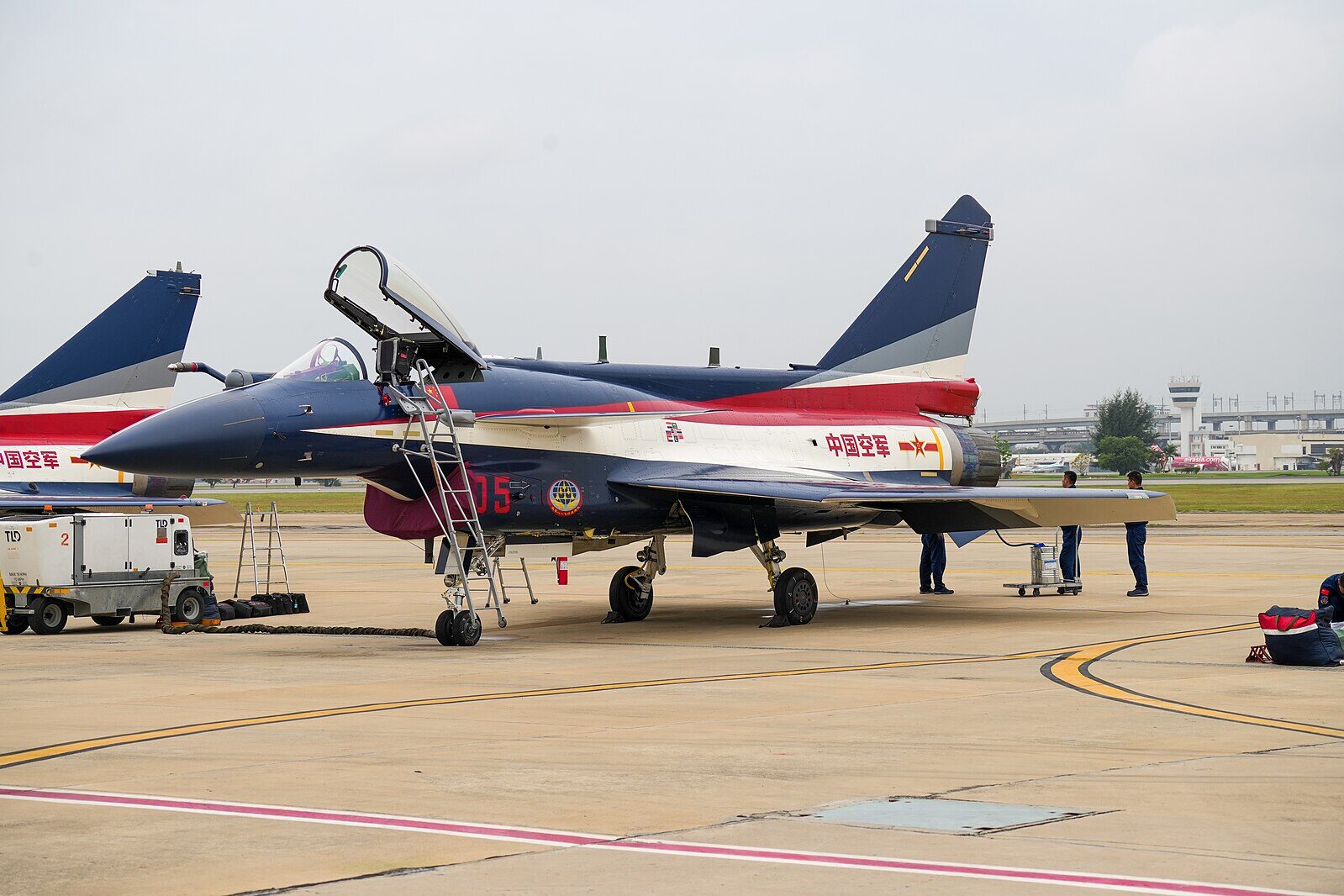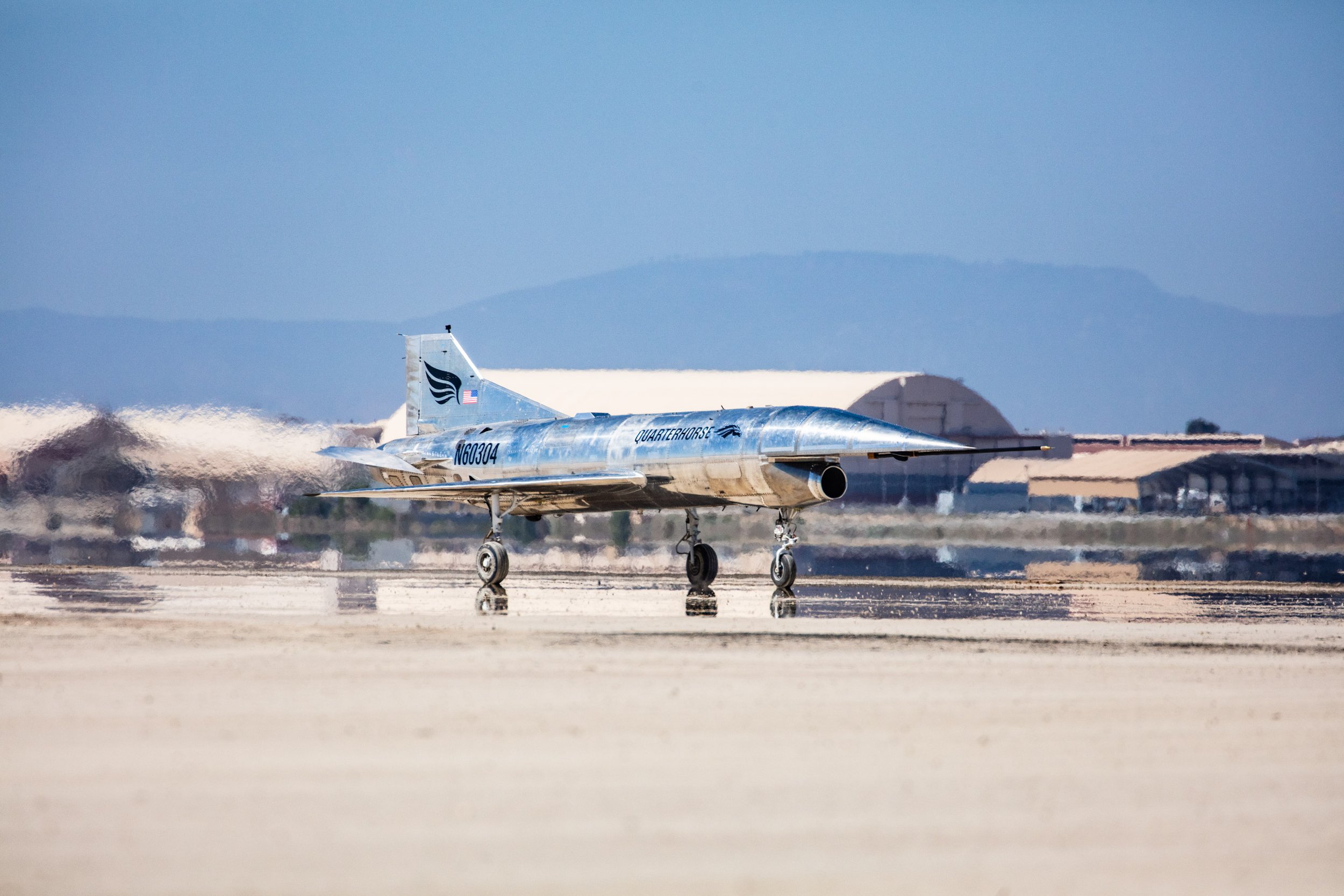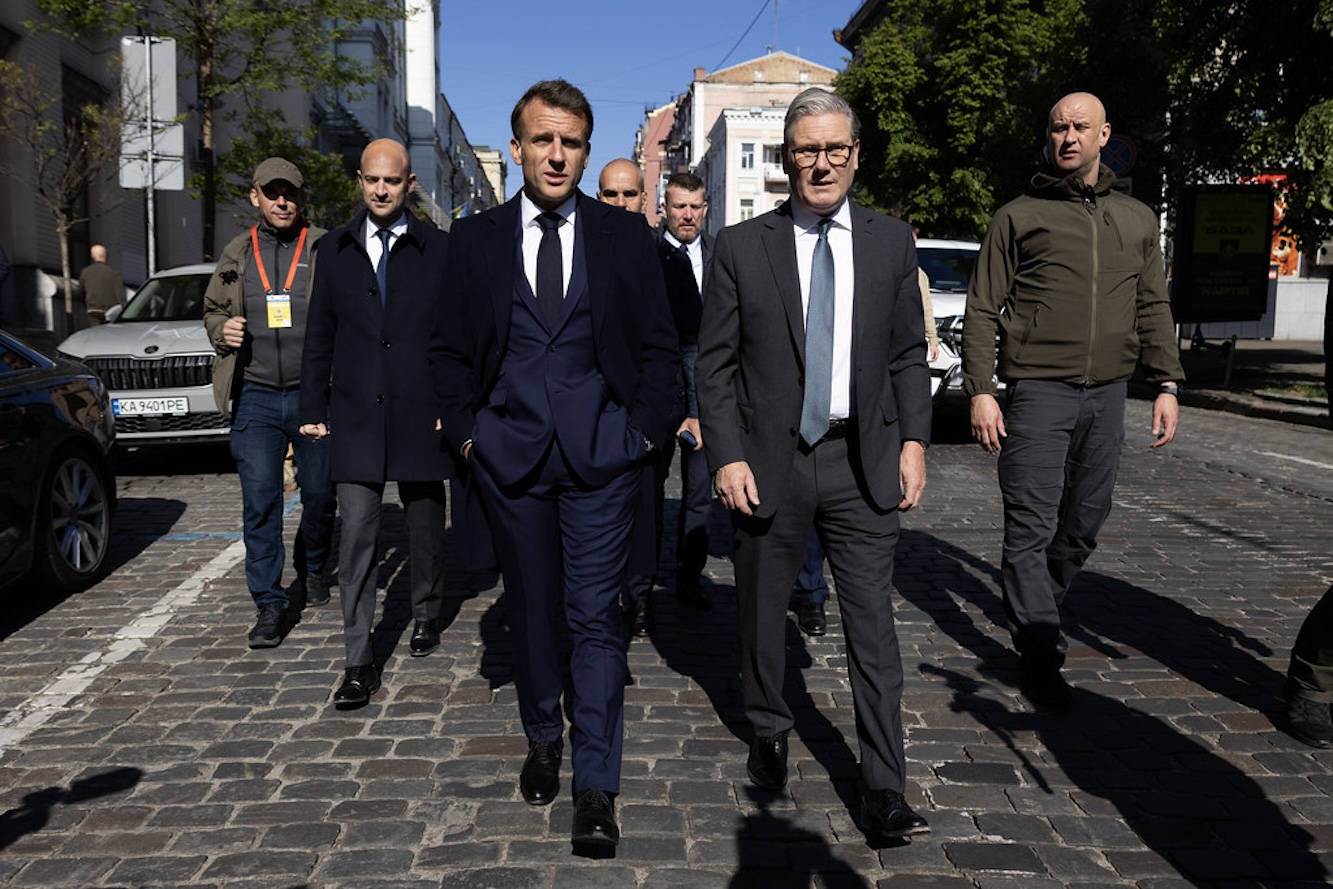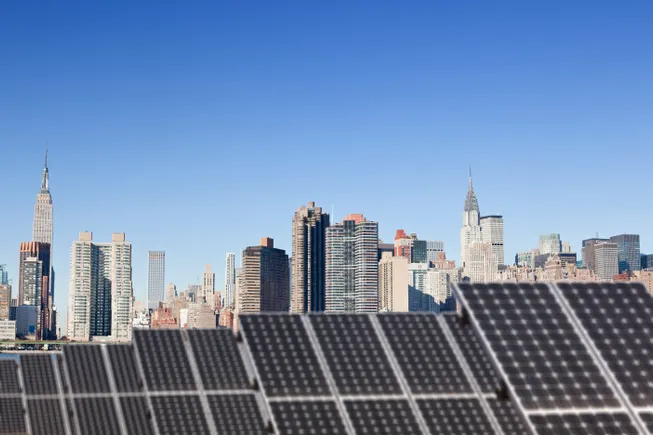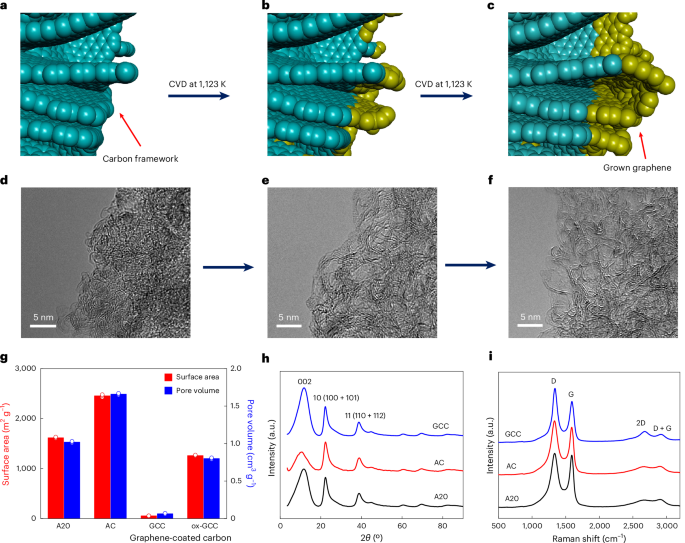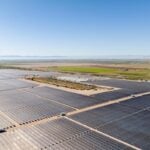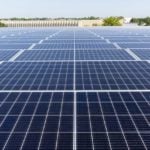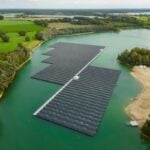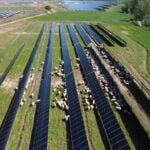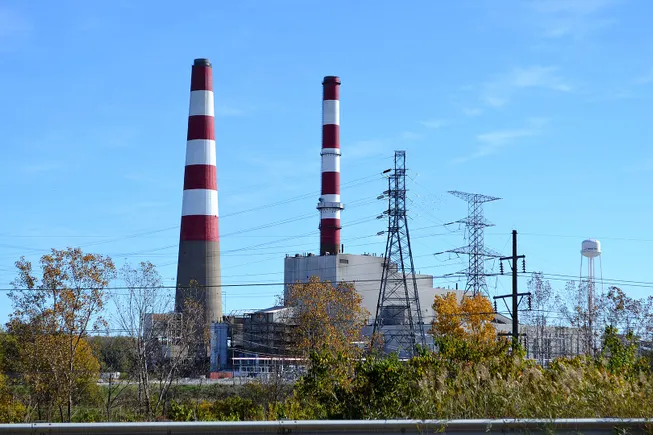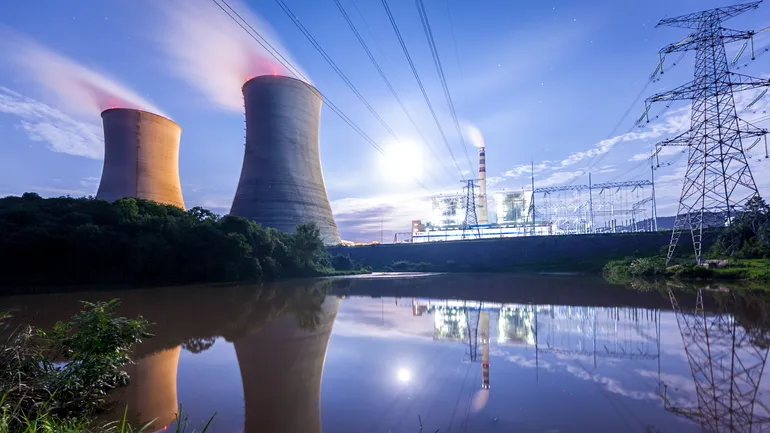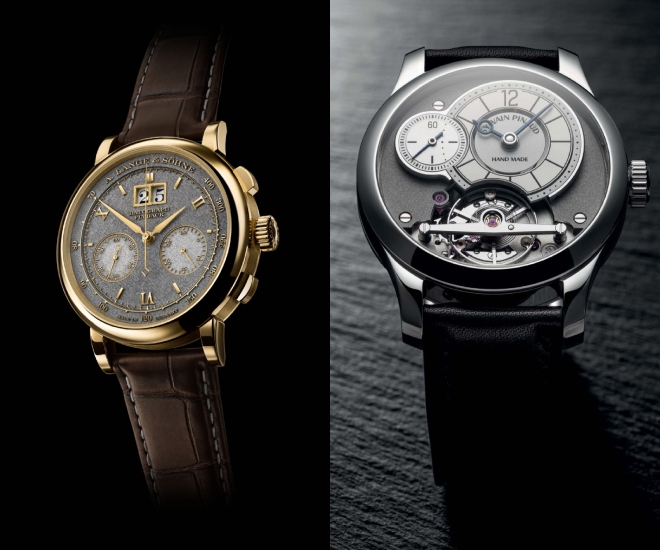Gravity-Defying Architecture You Have to See to Believe
Powered by cutting-edge engineering, their most visionary designs are transforming skylines into playgrounds of creativity and dynamic architecture. The post Gravity-Defying Architecture You Have to See to Believe appeared first on LUXUO.

Architects are breaking up the rulebook, not just constructing upward. With the help of innovative engineering, today’s most daring visionaries are reshaping skylines with creative designs. Imagine buildings that fold like origami and towers that grow inside trees. These projects that push boundaries are statements rather than merely constructions. Enter the architecture of the future.
360-degree Roof-top Infinity Pool in London
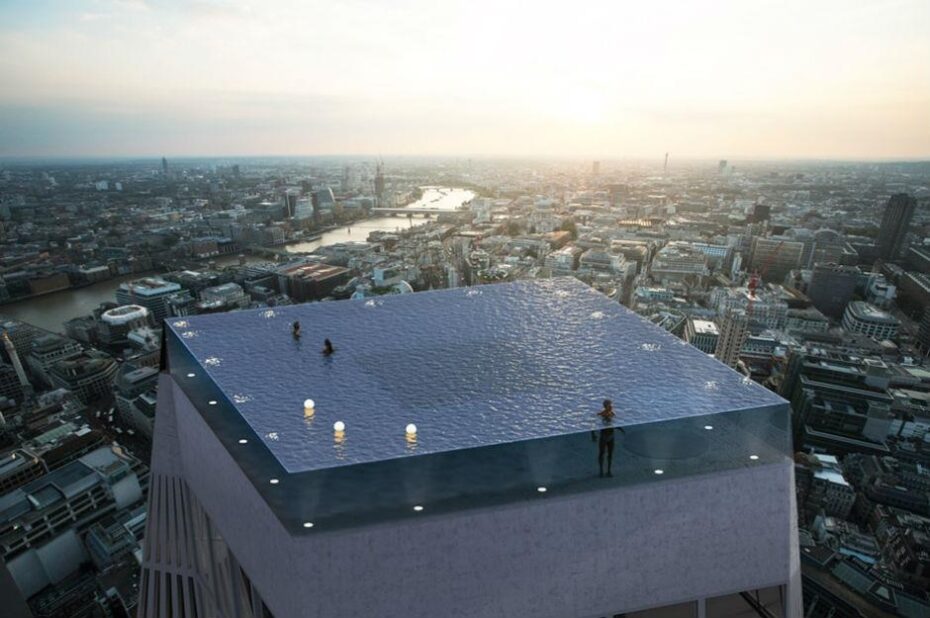
Plans for Infinity London, the first 360-degree rooftop infinity pool in the world, have been revealed by Compass Pools. The 600,000-litre pool, which is situated on top of a projected 55-storey tower, offers unobstructed views of the hotel below and the London skyline. Its walls and floor are made of translucent cast acrylic. To maintain the seamless design, swimmers would enter the pool using a spiral stairway that rises from the pool bottom and is modelled as a submarine. Advanced features include a heating system that uses waste energy from the building’s air conditioning and a wind-monitoring anemometre connected to a building management system to ensure ideal water conditions. With integrated lighting, the pool would become a bright beacon above the city at night.
Sequoia Tree Living

A group of South Korean architects conceived the ambitious idea of building skyscrapers inside the hollowed-out trunks of enormous sequoia trees. The initiative, called “Tribute: The Monument of Giant,” intends to protect these old trees, which are thought to be over 3,000 years old, by strengthening their rotting cores with internal frameworks that function as vertical homes. In addition to promoting the longevity of the trees, the design makes a powerful statement about balancing architecture and the natural world. In the 2017 eVolo Skyscraper Competition, this idea received an honourable mention.
Gravity Defying Towers

A notable construction in China’s Yuzhong District is Raffles City Chongqing, which Moshe Safdie created. Eight skyscrapers, including two 354.5 metres tall, make up the complex. “The Crystal” is a 300-metre-long skybridge that sits atop four of the towers. This covered building offers expansive vistas and contains gardens, pools, and public areas. The design honours Chongqing’s maritime heritage and was influenced by Chinese sailing vessels. The project, which was developed by CapitaLand and finished in 2019, is an example of vertical urbanisation since it combines offices, homes, a hotel, and a sizable shopping centre.
Elevated Worship

Located in a vineyard in the Breede River Valley of South Africa, Bosjes Chapel was created by Coetzee Steyn, a South African who works for the London-based Steyn Studio. The beautiful chapel honours the Western Cape’s old Cape Dutch gables with a sculptured concrete shell roof that reflects the surrounding mountain ranges. With each wave of the roof structure ascending to a peak, the white, flowing form seems to soar over the surrounding terrain. The façade is adorned with glazed expanses that are adjacent to a crucifix. This design produces a calm area that mixes perfectly with its natural surroundings.
Collapsible Skyscraper

Skyscraper.zip is a collapsible skyscraper created by Polish architects Damian Granosik, Jakub Kulisa, and Piotr Pańczyk. It is intended to be quickly deployed in disaster areas. Compactly transported by helicopter, the structure uses a helium balloon to inflate, bringing 3D-printed slabs into position while being held in place by tensioned steel cables. Insulation and energy are provided by the perovskite solar cells inserted in its ETFE skin. Rainwater is collected and filtered by a backup balloon. As a notable landmark for relief efforts, the tower houses vital services like medical assistance, shelter, storage, and vertical gardening.
Poetic Movement

Pixelated Power
The €100 million LUMA Arles Arts Resource Centre, designed by Frank Gehry, is now being built in southern France. The project is a component of a broader cultural complex that was started by the LUMA Foundation and is located inside the Parc des Ateliers, a former 10-acre rail yard. The centre encourages multidisciplinary cooperation between producers, academics, and artists. This creative complex will be centred around Gehry’s skyscraper, surrounded by landscaped public areas and repurposed industrial buildings.
Fin-Like Apex

The Foster + Partners-designed Zayed National Museum in Abu Dhabi will open in 2025 and honour Sheikh Zayed bin Sultan Al Nahyan, the country’s founding father. The museum, situated in the Saadiyat Island Cultural District, is designed with five falconry-inspired steel towers in the shape of wings, signifying the country’s history. By acting as solar thermal chimneys, these towers encourage natural ventilation. Through creative displays, the museum will highlight the history, culture, and economic change of the United Arab Emirates.
Eye of The Dragon

The fictitious Pearl Tower in the 2018 action movie Skyscraper surpasses the Burj Khalifa in Dubai as the tallest structure in the world. Inspired by the Chinese story of a dragon protecting a pearl, the tower was designed by production designer Jim Bissell with architectural advice from Adrian Smith, who is well-known for his work on the Burj Khalifa. With a spherical “pearl” at its peak and a twisting shape suggesting a dragon, the building is supported by a jaw-like structure. Other features include a 30-storey atrium that symbolises the dragon’s body, a performance hall that serves as its tail, and wind turbines that serve as the dragon’s eyes. A key component of the movie’s plot, the Pearl Tower represents human aspiration and the possible dangers of architectural innovation.
For more architectural reads, click here.
The post Gravity-Defying Architecture You Have to See to Believe appeared first on LUXUO.
